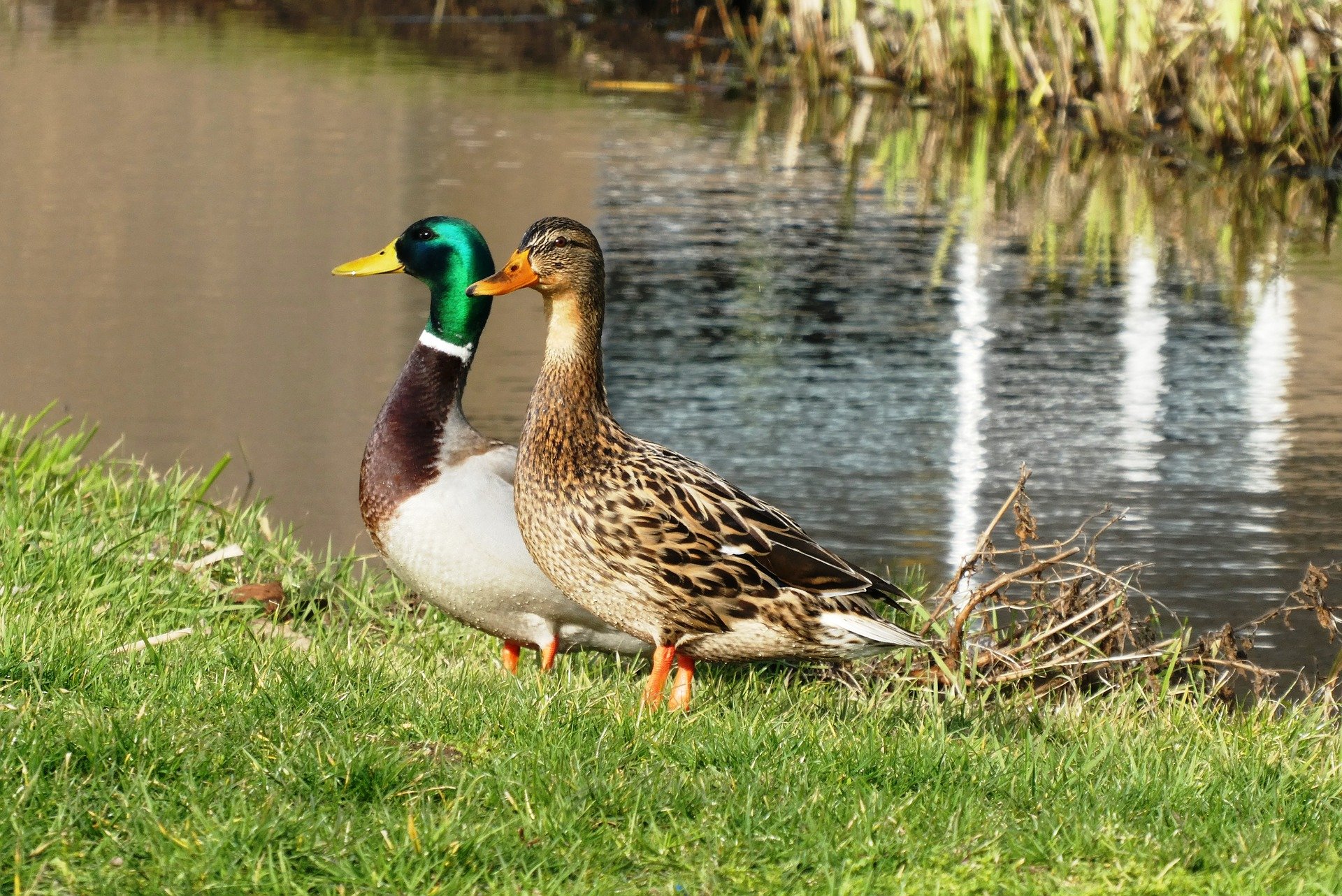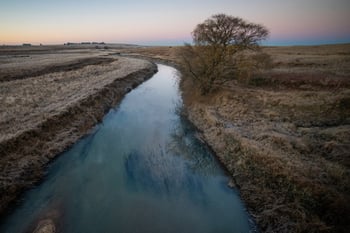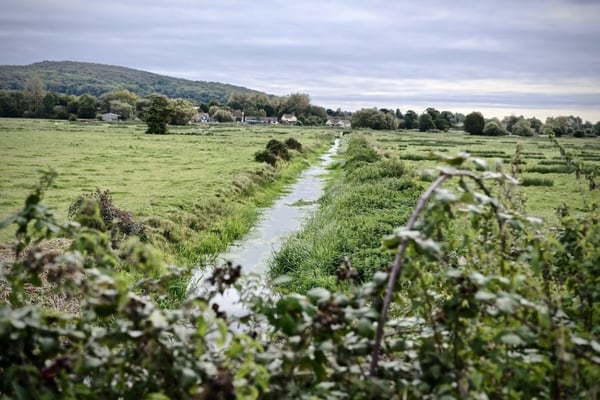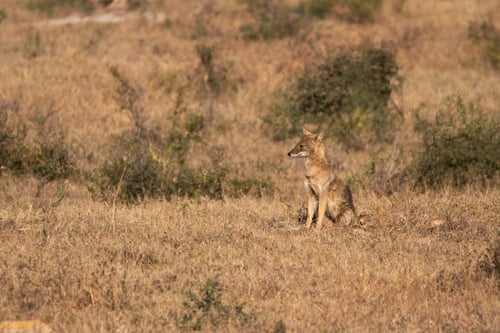
Land conservation is an increasingly acute concern, but most people don’t know what they personally can do. Here’s a rundown of how to play your part.
Land conservation sounds like a Big Thing.
An overwhelming thing. An undoable thing, even.
But it doesn’t have to be. We’re trying to expand our understanding of what exactly this concept means and what we can do to support it. If you’re with us, then here are several ways to understand and support land conservation efforts.
What Is Land Conservation?
 You can find as many definitions of land conservation as there are people to write them, but the Society for the Protection of New Hampshire Forests gives as good a one as any: “Our land conservation ethic is deeply rooted in protecting the state's most important landscapes while promoting the wise use of its renewable natural resources.”
You can find as many definitions of land conservation as there are people to write them, but the Society for the Protection of New Hampshire Forests gives as good a one as any: “Our land conservation ethic is deeply rooted in protecting the state's most important landscapes while promoting the wise use of its renewable natural resources.”
That means not only using those resources well for us, but also leaving them intact for the native plants, animals, mushrooms, bacteria and natural processes that occur there. Note that while land conservation can mean the same thing as “wilderness preservation or creation,” it doesn’t necessarily (discussed below).
As the Society’s stance makes clear, land conservation stands in opposition to land development. Which begs the question … what’s happening to our land?
What’s Happening to Our Land?
In a word, development is happening to our land. As we clear out natural spaces to make room for housing and commercial spaces, someone is losing out. Usually that “someone” is a native plant or animal.
It’s not just giant construction projects, either. We create barriers every day through mowing grass, cutting down trees, tilling fields and growing exotic gardens that don’t provide nutrients to native species such as pollinators.
But the unfortunate truth is, you can’t curb capitalism … and in many ways, would we really want to? The question is not how we can bring the development machine to a grinding halt, but how we can work around it to preserve as many native systems as possible. And where necessary, create new ones to step into the roles they already played?
WHY Do We Need to Conserve Land?
 Despite our growing efforts to use all available space for environmental projects – turning bare rooftops into green roofs, for instance – we still face a critical lack of land available to natural processes. And we need more.
Despite our growing efforts to use all available space for environmental projects – turning bare rooftops into green roofs, for instance – we still face a critical lack of land available to natural processes. And we need more.
The reasons to pay more attention to land conservation are too many to enumerate here. Off the tops of our heads, though, here are a few of the most important:
- Native species depend on it as habitat, and without them, the world becomes a less genetically diverse and more fragile place.
- Native pollinators need the habitat, which is especially important given what an overlooked role they play in pollinating our crop species.
- Conserved land provides room for apex species to roam and protects our watersheds.
- Wild spaces maintain important natural processes such as fixing carbon, creating oxygen and fighting pollution.
We must preserve these processes if we want to see a healthy future.
Overall, it’s a mindset shift. We need to start seeing land not as something disposable, that we can parcel up and sell and use, but as a limited resource that will still be there in five centuries – for good or ill. What can we do to make sure that land is in good shape when our great-great-great-great-etc.-grandchildren inherit it?
Excellent question.
If We Can’t Curb Development … What Can We Do?
 Sure, you can’t bring the new skyscraper project to a grinding halt. But you can help conserve land, even if it isn’t the pristine wilderness we all imagine.
Sure, you can’t bring the new skyscraper project to a grinding halt. But you can help conserve land, even if it isn’t the pristine wilderness we all imagine.
Project Wingspan is an excellent example. It’s “a two-year project supported by a grant from the National Fish and Wildlife Federation … to enhance land across the Midwest to support our imperiled pollinators.” The project seeks to engage local land managers, plant more pollinator-friendly species such as milkweed, and collect native seed that can be used to increase the ecological value of land elsewhere in the Midwest.
We love this effort, because it makes engaging the Everyman so simple. Depending on your interests, you can plant native seeds, count monarchs, grow milkweed at the edges of your farm and more. None of it requires setting up a protest or devoting your life to the cause. Even a row of buffer plants between your property and the next, to give butterflies and bees a place to rest and feed on long journeys, is a major contribution.
We can also take simple steps to stop destructive factors such as erosion and chemical runoff by using smart irrigation techniques to minimize water waste and its impacts.
As a homeowner, all you have to do is ask yourself, “In my tiny little plot in the city or my large plot in Naperville, what can I do to help participate?” A few native wildflowers, a small patch of grass converted to a pollinator garden, a switch from chemical to organic herbicides … it makes a huge difference.
Overall, we need to put more time, effort and resources into the stewardship of urban, suburban and rural green spaces. Whether that’s a small ecological niche such as a green roof or a sweeping wetland, we must maintain those spaces if we want them to enrich the environment and pay themselves back to us.
Would you like to discuss how you can get involved?

